Arduino Nano V3.0 CH340 Improved Atmega328P USB to TTL with USB cable
The Arduino Nano is a small, complete, and breadboard-friendly board based on the ATmega328 (Arduino Nano 3.0) or ATmega168 (Arduino Nano 2.x).
NANO V3 based on the ATmega328 microcontrollers has a small size and can be used together with model boards for solderless wiring (breadboard). It has a similar structure with Arduino Uno/Duemilanove, but different size and with additional Analog In A6, A7. To reduce the size, components are mounted on both sides of the PCB.
The board uses a chip CH340G as a converter UART-USB. Chip CH340G – is a budget solution. With an operating frequency in 12Mhz, yields a stable result of a data interchange.
NANO V3 can be powered via micro-USB-port (up to 500mA). External power supply 6-9V unregulated to output VIN, or 5V external power source to a regulated output of 5V. The power supply is automatically selected with the maximum voltage value.
Technical Parameters:
- CH340G Replaces FT232RL (improve download speed and stability of WIN7 / WIN8)
- 8 Analog input ports: A0 ~ A7
- 14 Digital input / output ports: TX, RX, D2 ~ D13
- 6 PWM ports: D3, D5, D6, D9, D10, D11
- 1 Pair of TTL level serial transceiver ports RX / TX
- Using Atmel Atmega328P-AU MCU
- DC Current per I/O pin: 40Ma -Flash Memory: 32KB (ATmega328) (of which 2KB used by bootloader)
- SRAM: 2KB (ATmega328)
- EEPROM: 1KB (ATmega328)
- Clock Speed: 16MHz
- There is the bootloader installed in it
- Support USB download and Power
- Support for external 5V ~ 12V DC power supply
- Support power supply by 9V battery
- Support ISP download
- Dimensions: 0.73”x1.7”, 45(L)x18(W)mm
Features:
PowerThe Arduino Nano can be powered via the Mini-B USB connection, 6-20V unregulated external power supply (pin 30), or 5V regulated external power supply (pin 27). The power source is automatically selected to the highest voltage source. |
MemoryThe ATmega168 has 16 KB of flash memory for storing code (of which 2 KB is used for the bootloader); the ATmega328 has 32 KB, (also with 2 KB used for the bootloader). The ATmega168 has 1 KB of SRAM and 512 bytes of EEPROM (which can be read and written with the EEPROM library); the ATmega328 has 2 KB of SRAM and 1 KB of EEPROM. |
Input and OutputEach of the 14 digital pins on the Nano can be used as an input or output, using pinMode(), digitalWrite(), and digitalRead() functions. They operate at 5 volts. Each pin can provide or receive a maximum of 40 mA and has an internal pull-up resistor (disconnected by default) of 20-50 kOhms.
|
Bring your electronics projects to life with the Arduino Nano V3 in Pakistan!
The Arduino Nano V3 is a compact, versatile microcontroller board perfect for hobbyists, educators, and professionals alike. Based on the ATmega328P microcontroller, the Nano V3 packs a punch in a small footprint. This board is ideal for breadboard prototyping due to its size and pin layout.
Key features of the Arduino Nano V3:
- Small and Breadboard-Friendly: The Nano V3 is conveniently sized to fit on a standard breadboard, simplifying prototyping and experimentation.
- Powerful ATmega328P Microcontroller: The Nano V3 utilizes the ATmega328P, providing ample processing power for a wide range of applications.
- Easy to Use: The Nano V3 is compatible with the Arduino IDE, a user-friendly software platform for programming and debugging.
- Versatile Power Options: Power the Nano V3 via USB cable or an external power supply for flexible use in various projects.
Whether you’re a seasoned programmer or just starting out, the Arduino Nano V3 is a fantastic choice for your next electronics project in Pakistan!
Additional benefits of using Arduino Nano V3:
- Large Community and Resources: The Arduino community is vast and supportive, offering a wealth of tutorials, project ideas, and troubleshooting assistance.
- Open-source Software: Arduino’s open-source software allows for customization and endless creative possibilities.




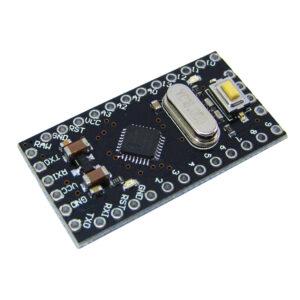
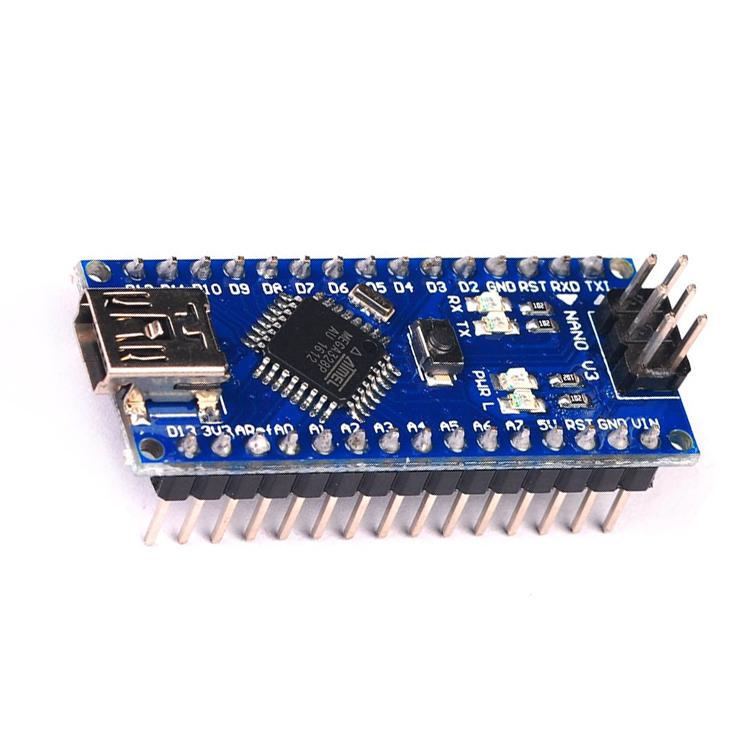
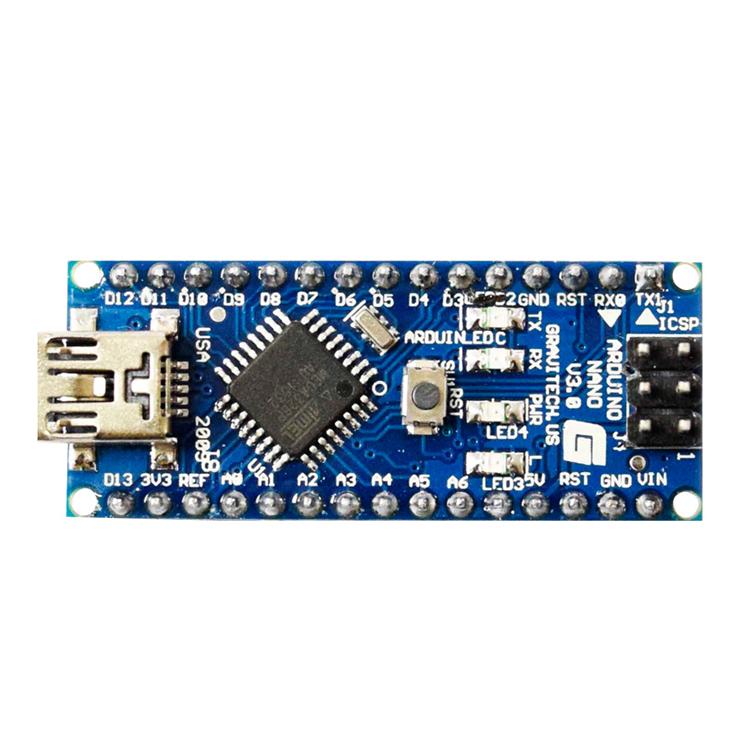
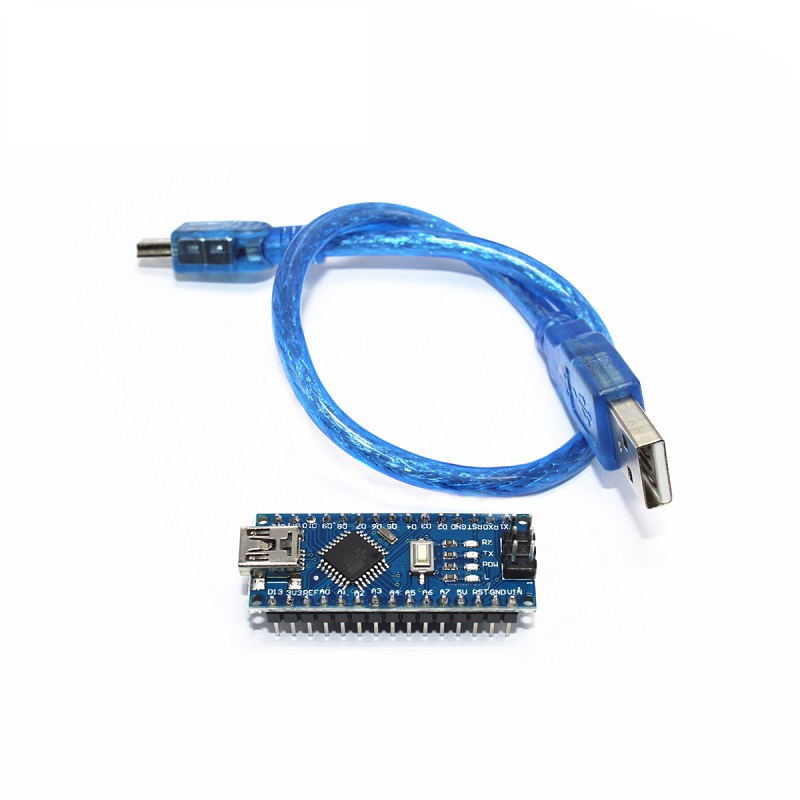
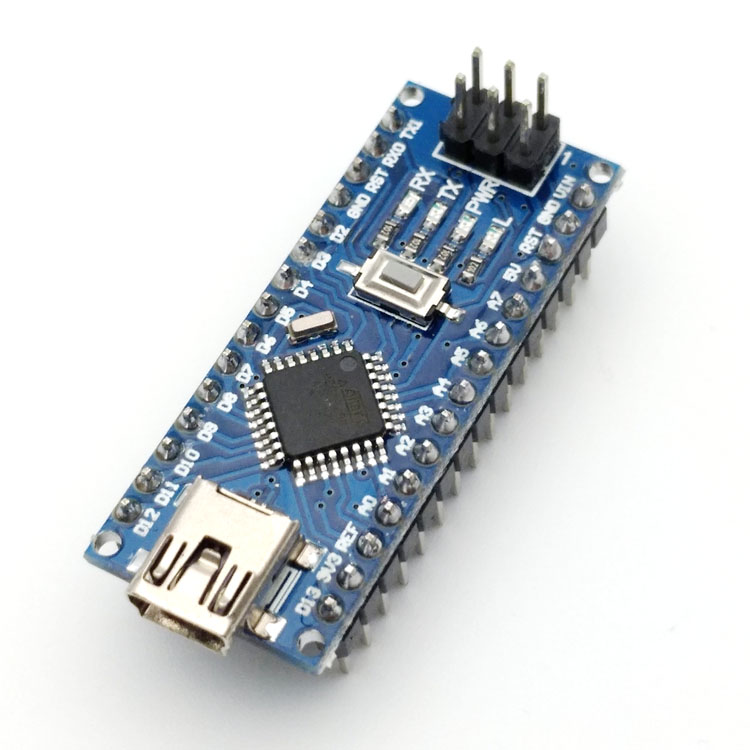
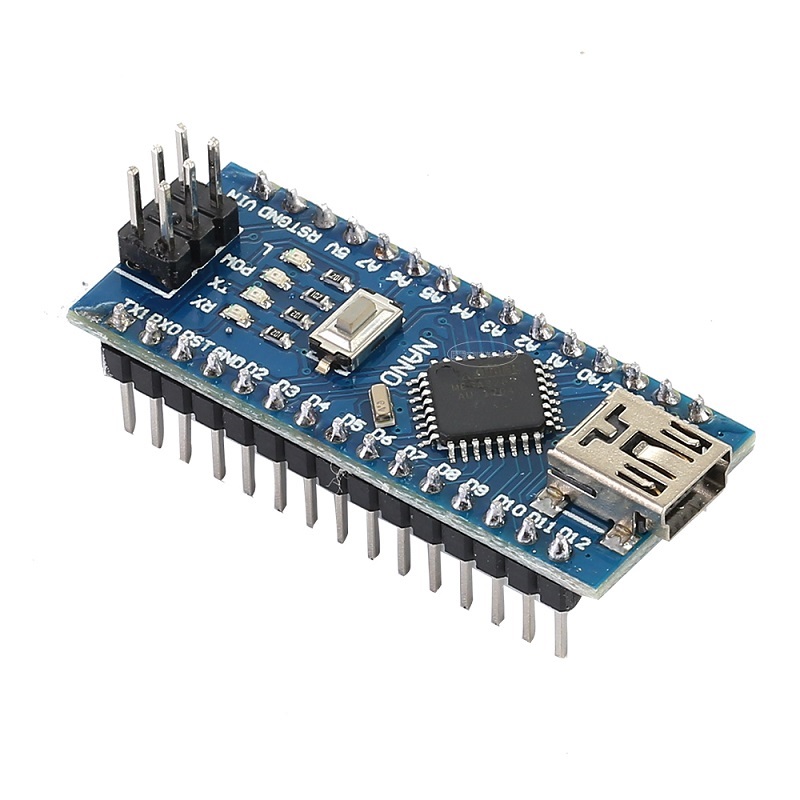
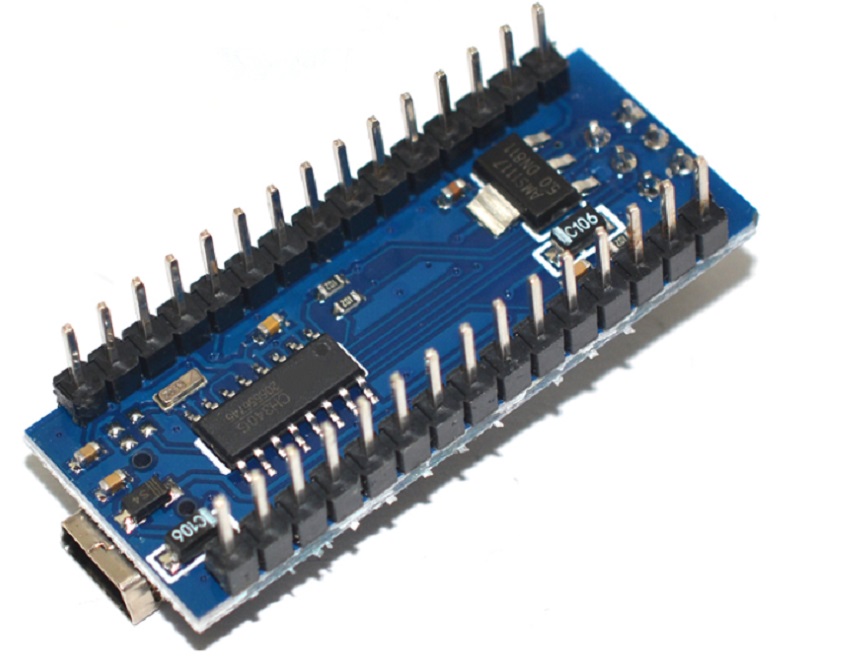
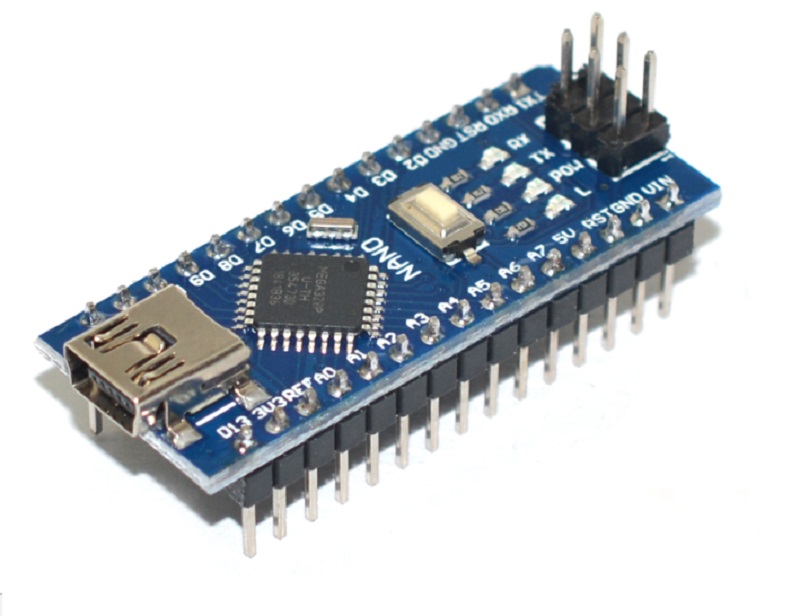
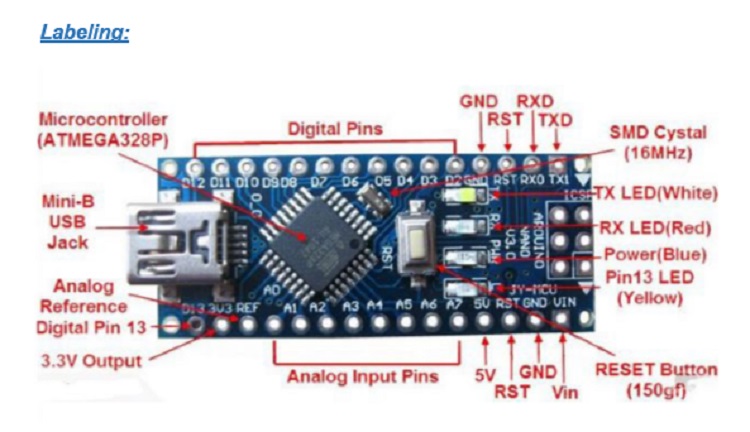
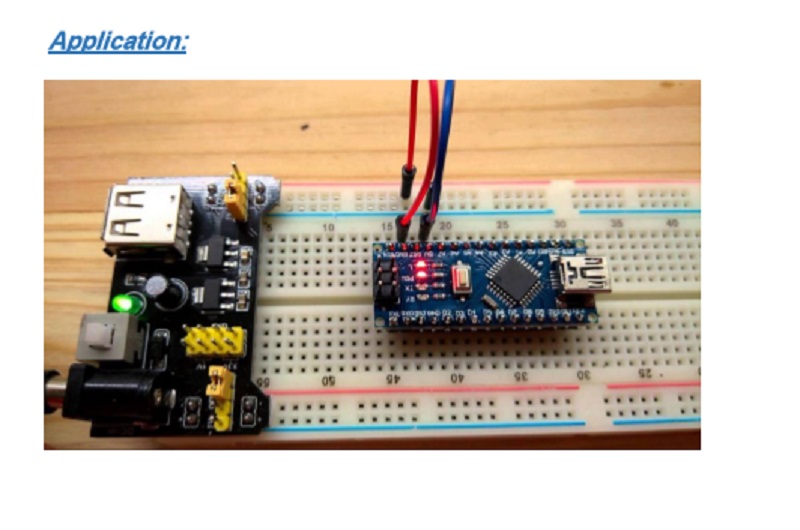









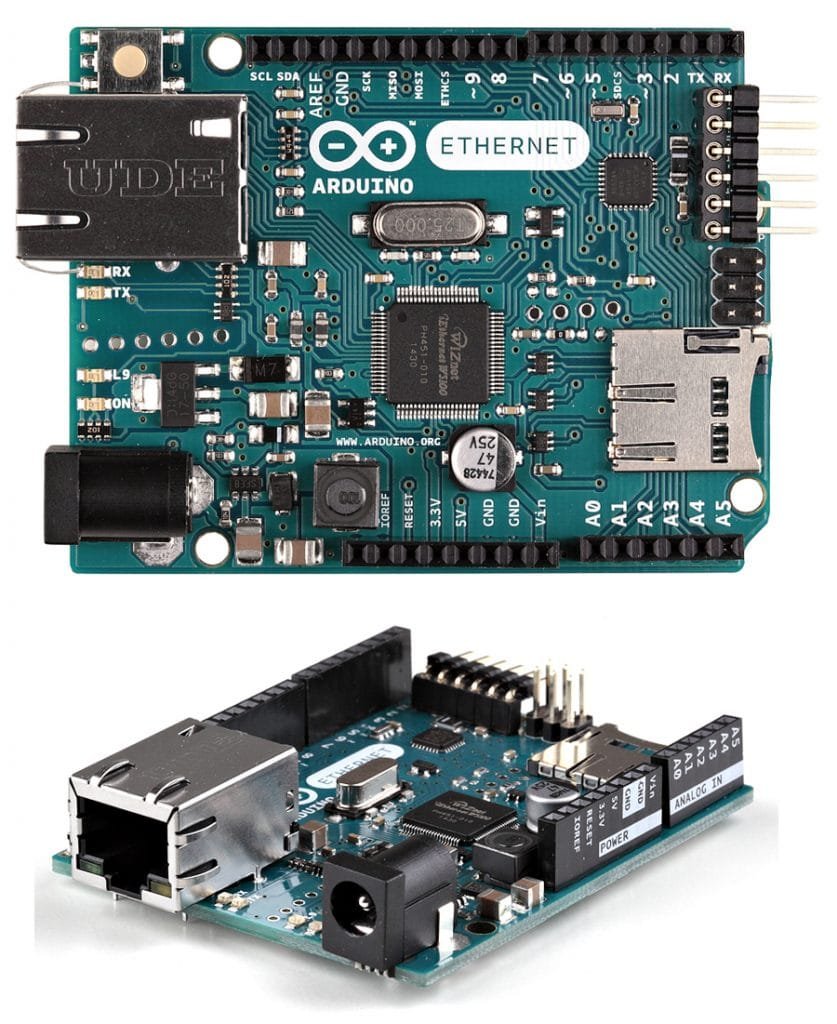

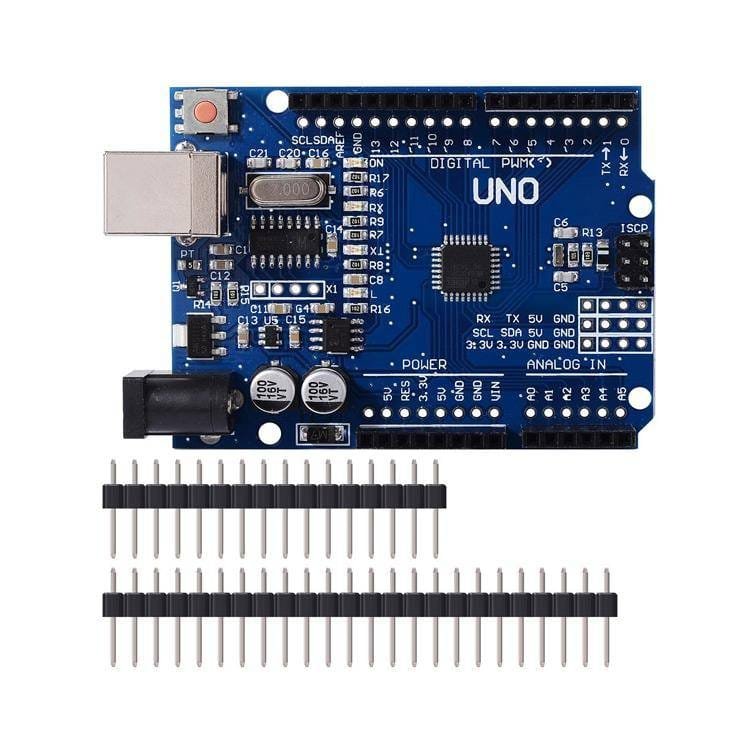
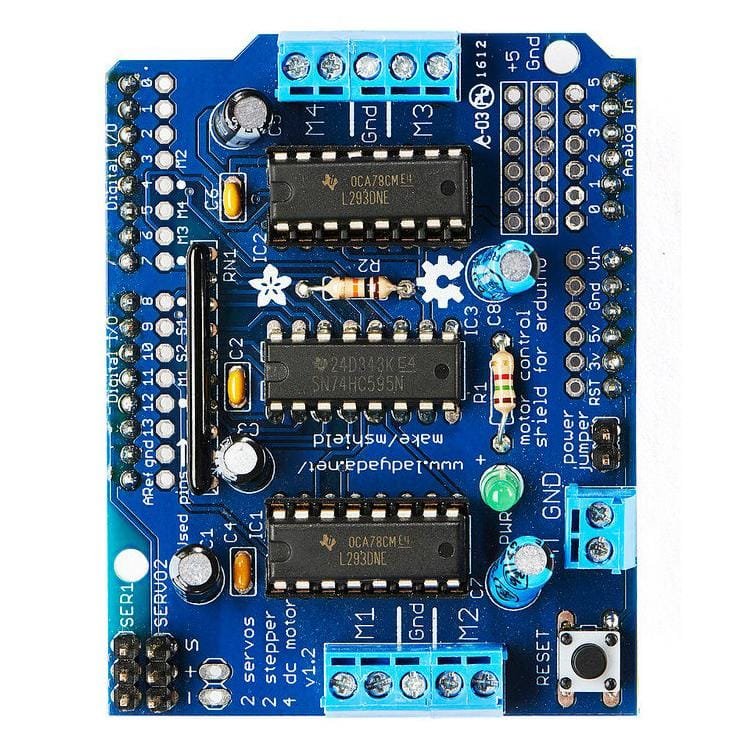
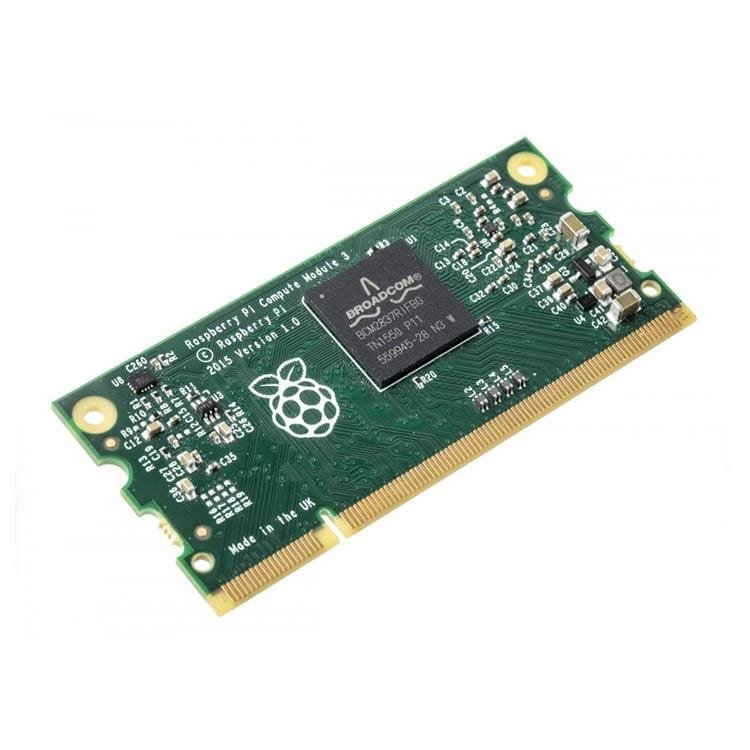
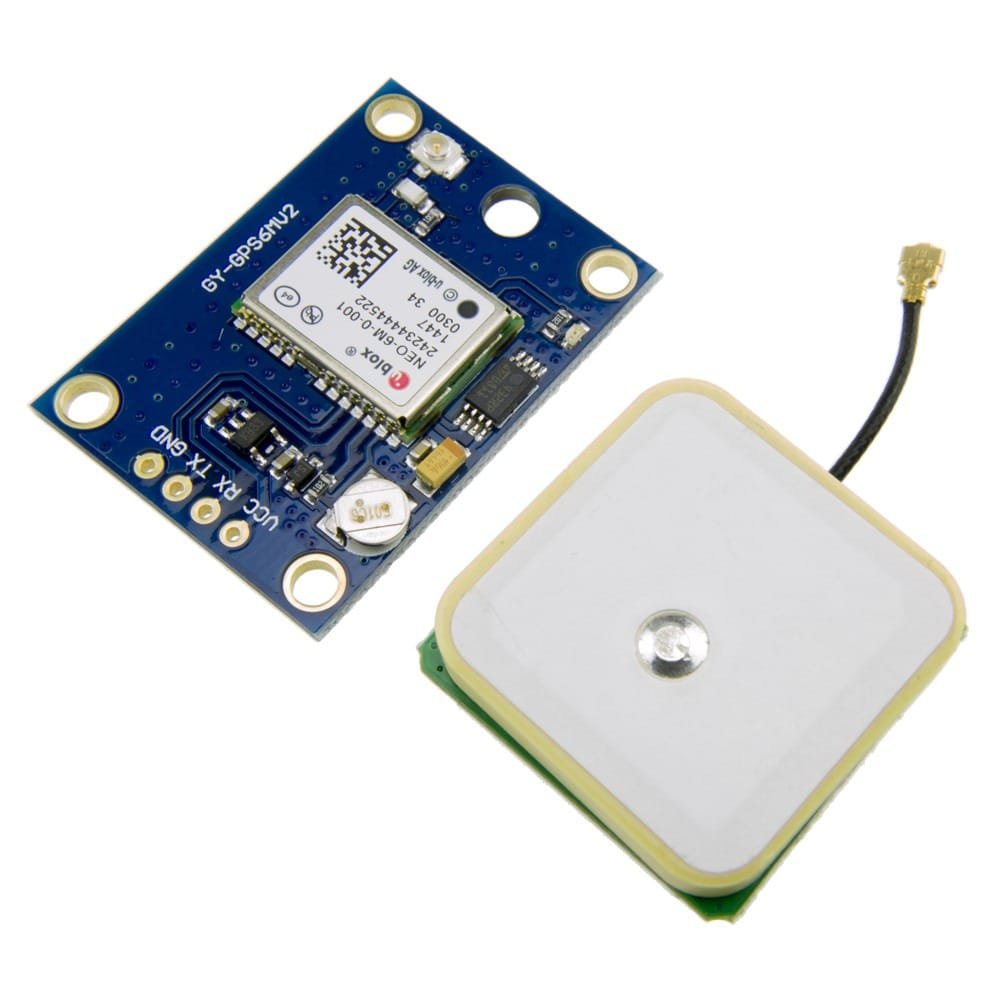
Reviews
Clear filtersThere are no reviews yet.